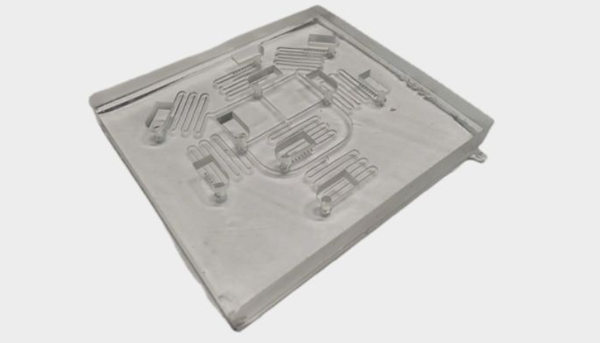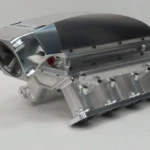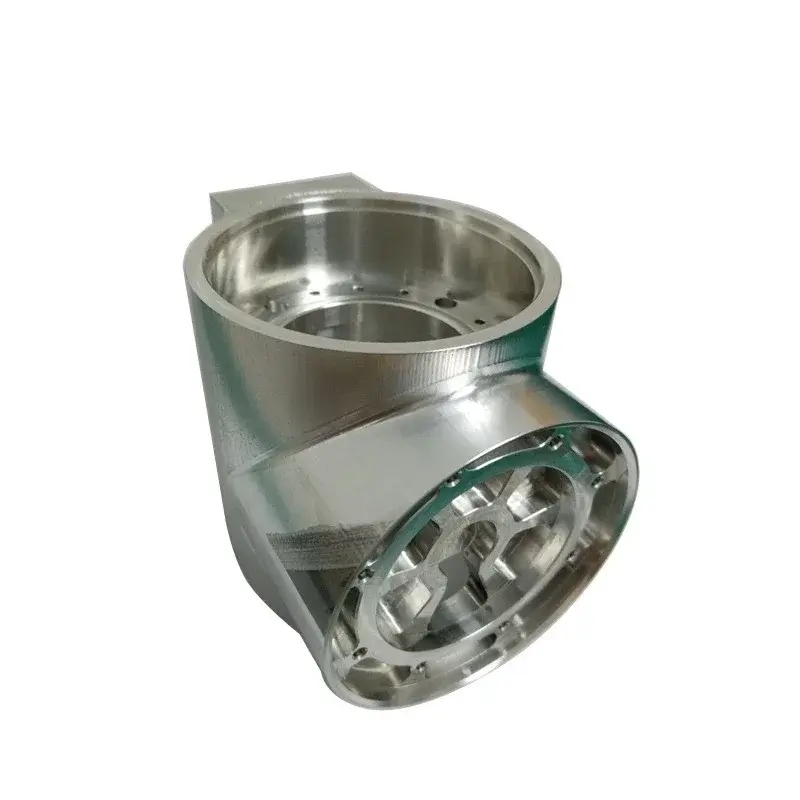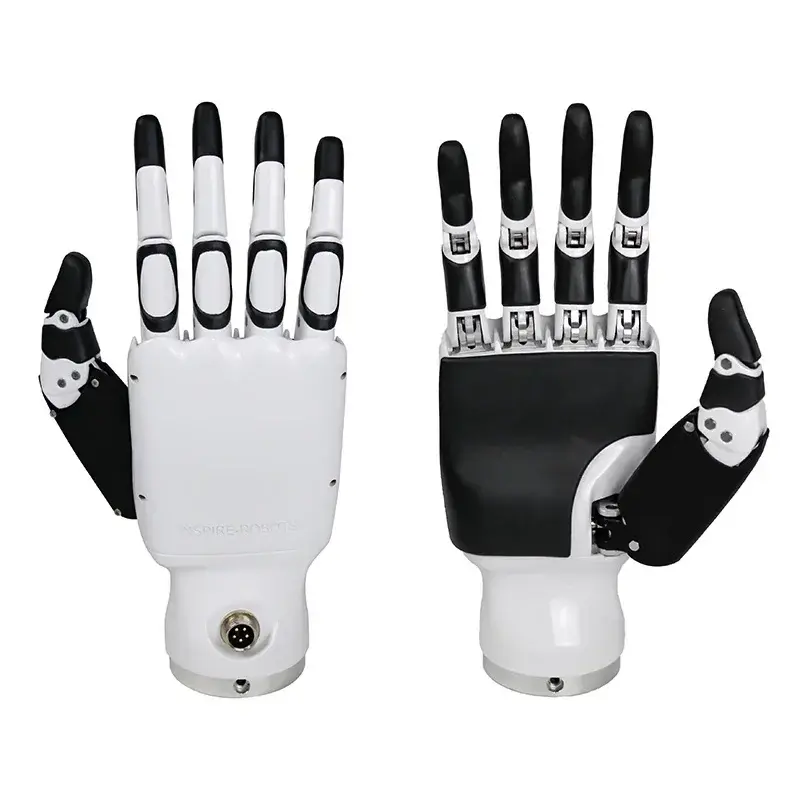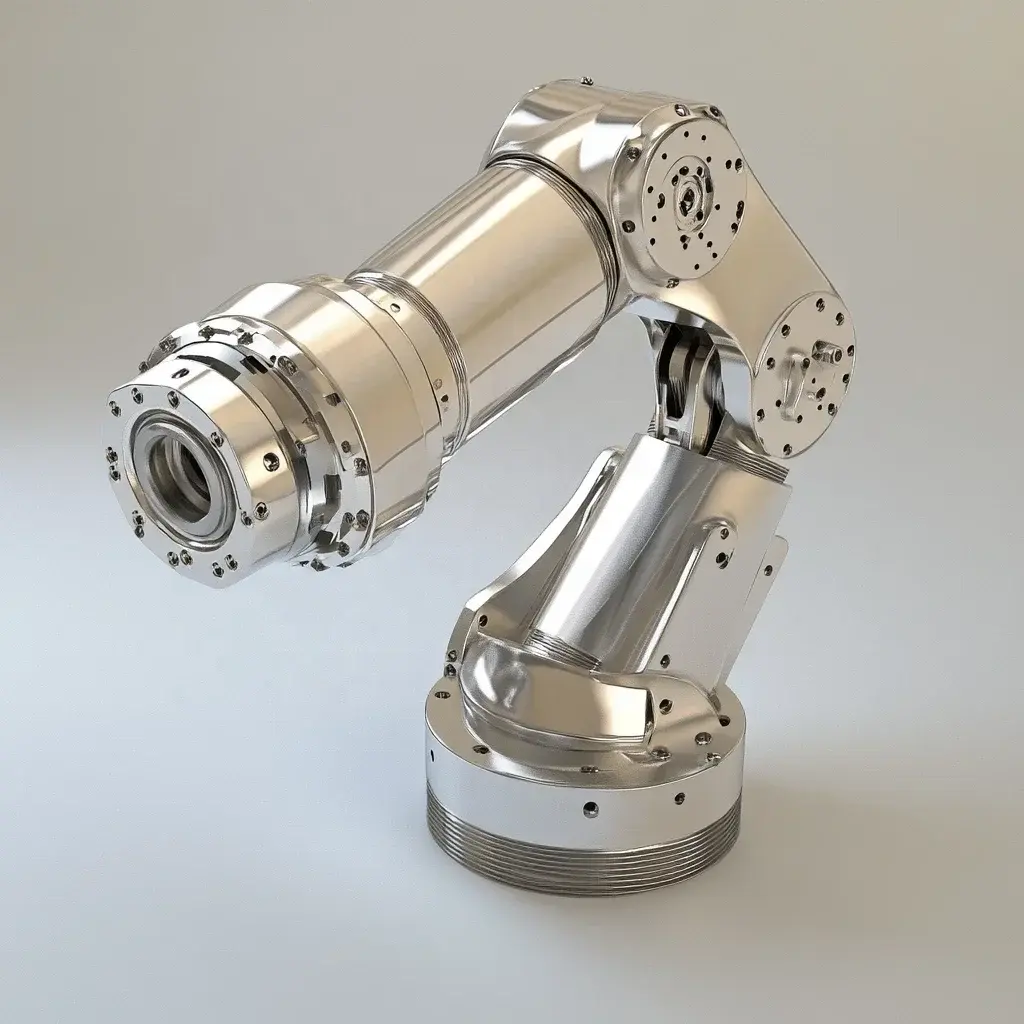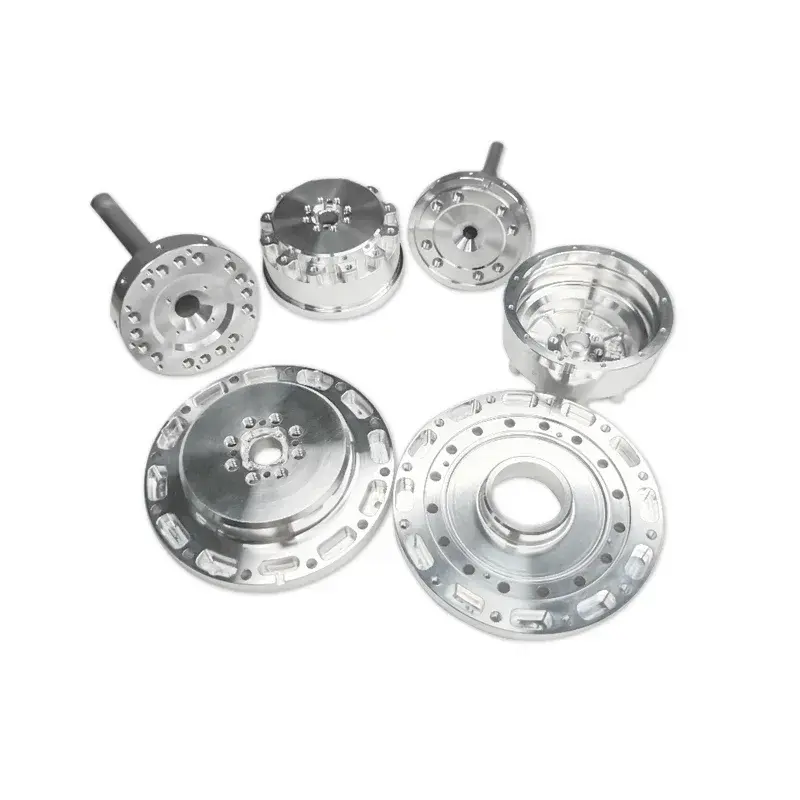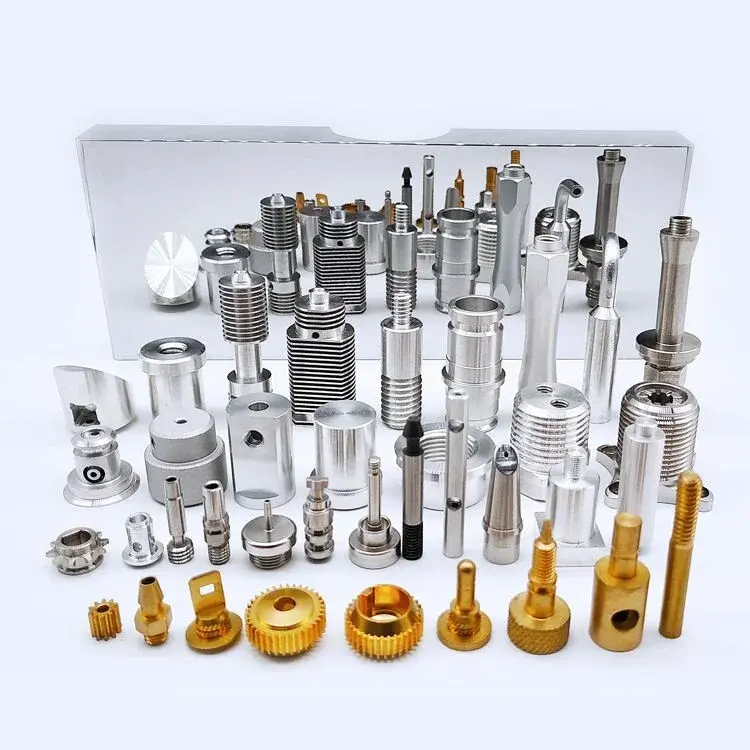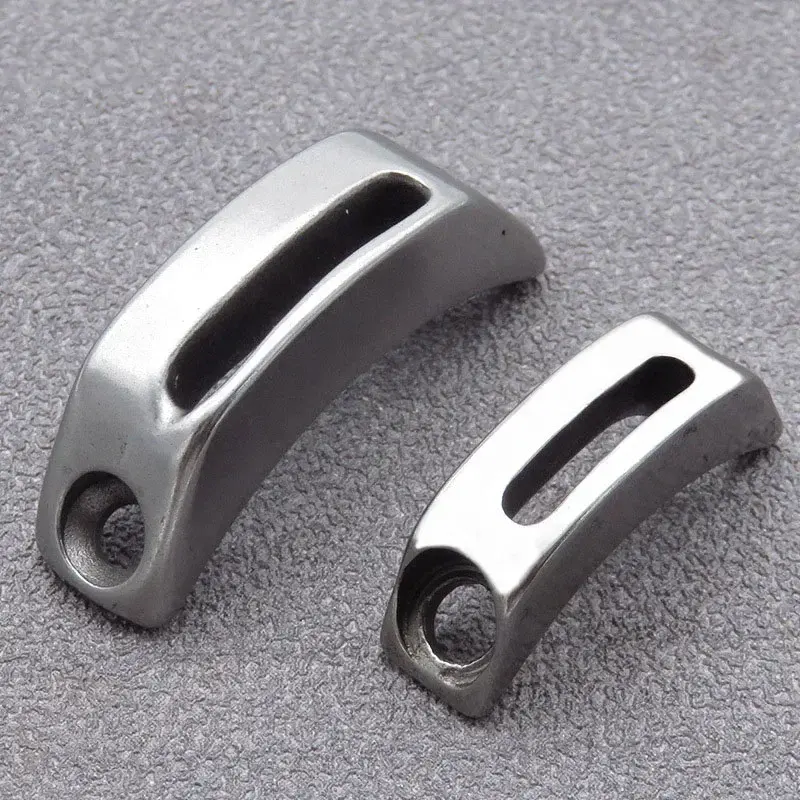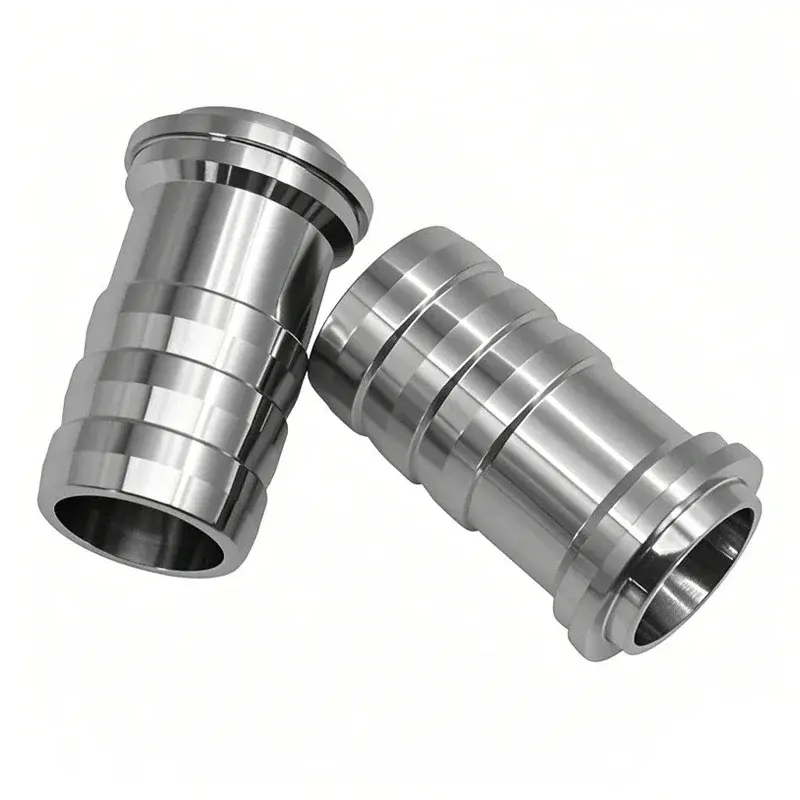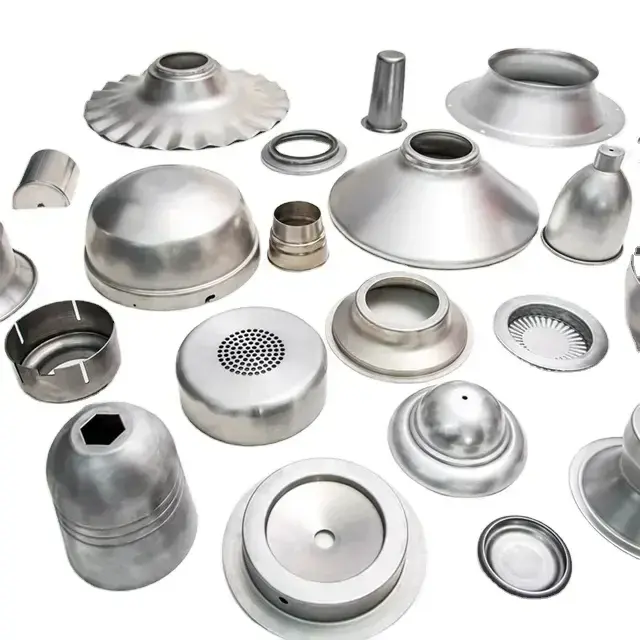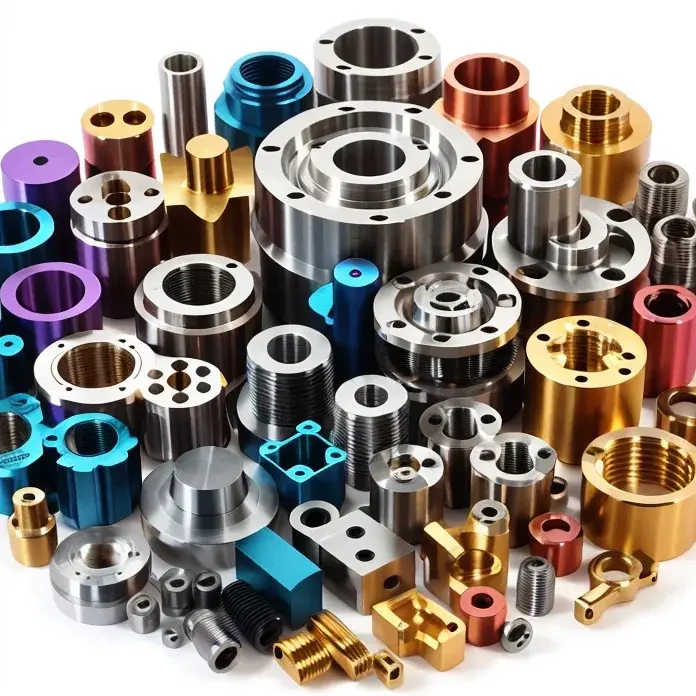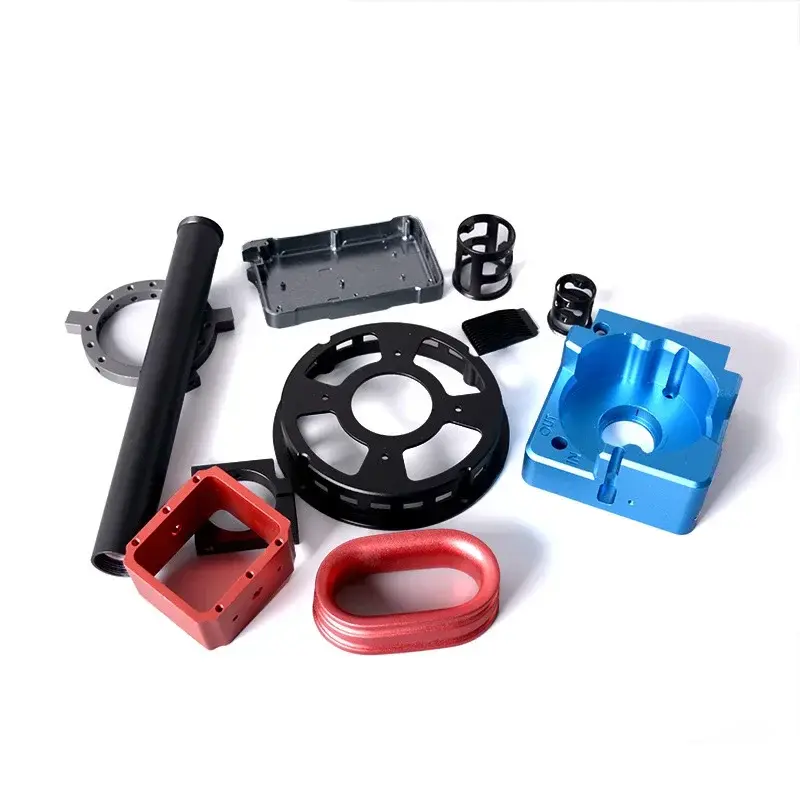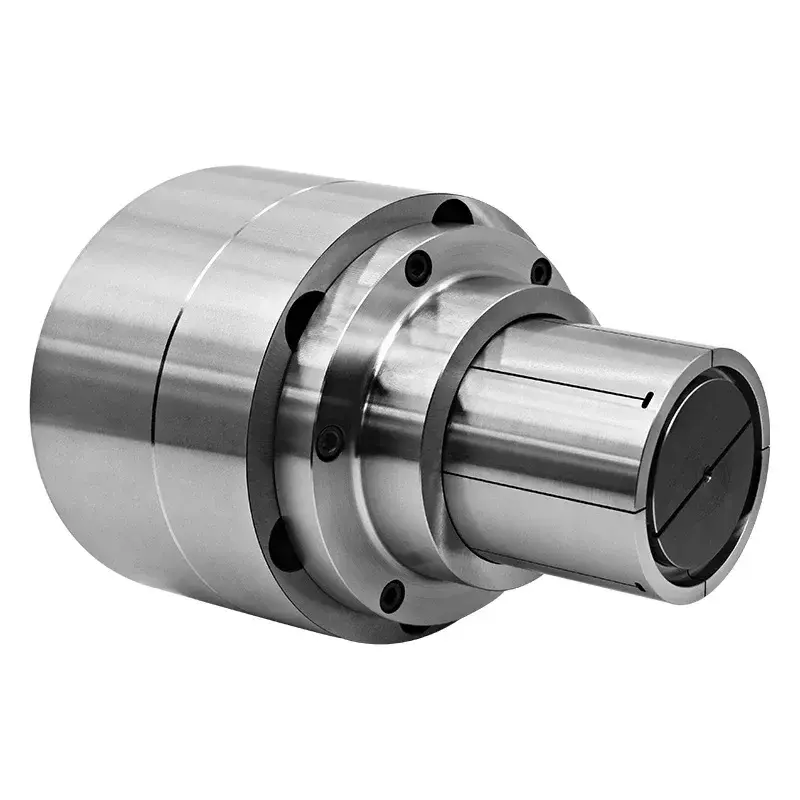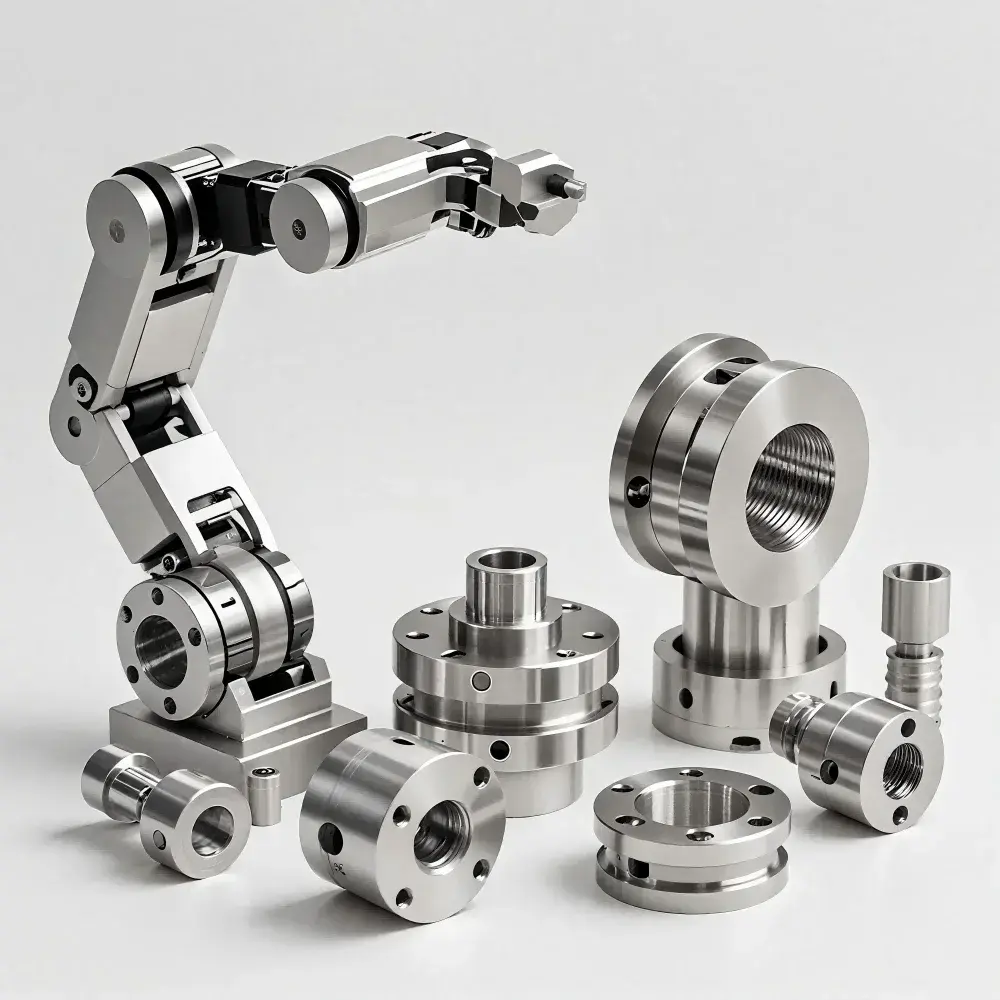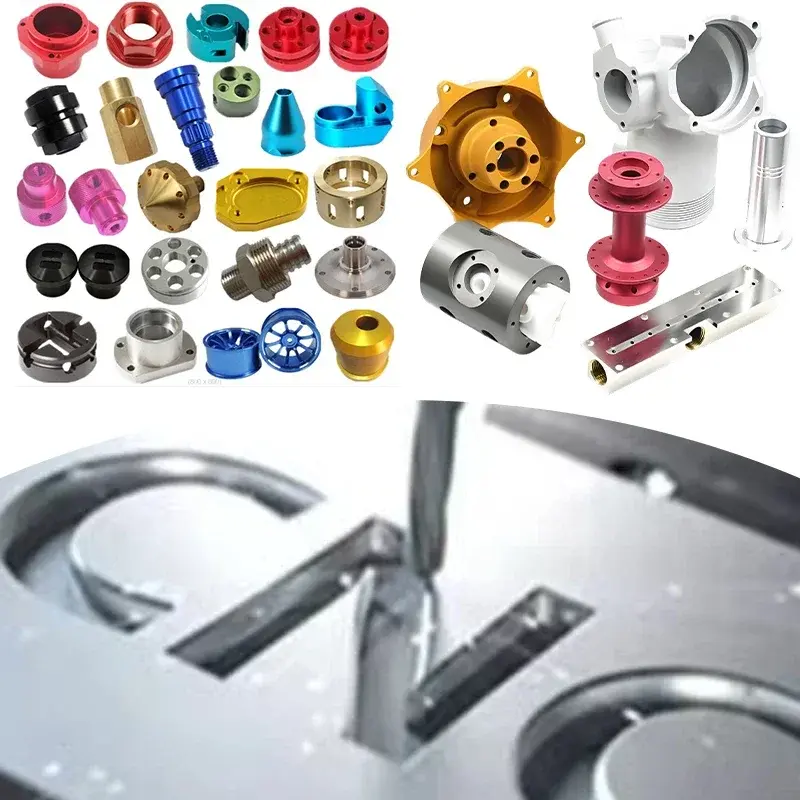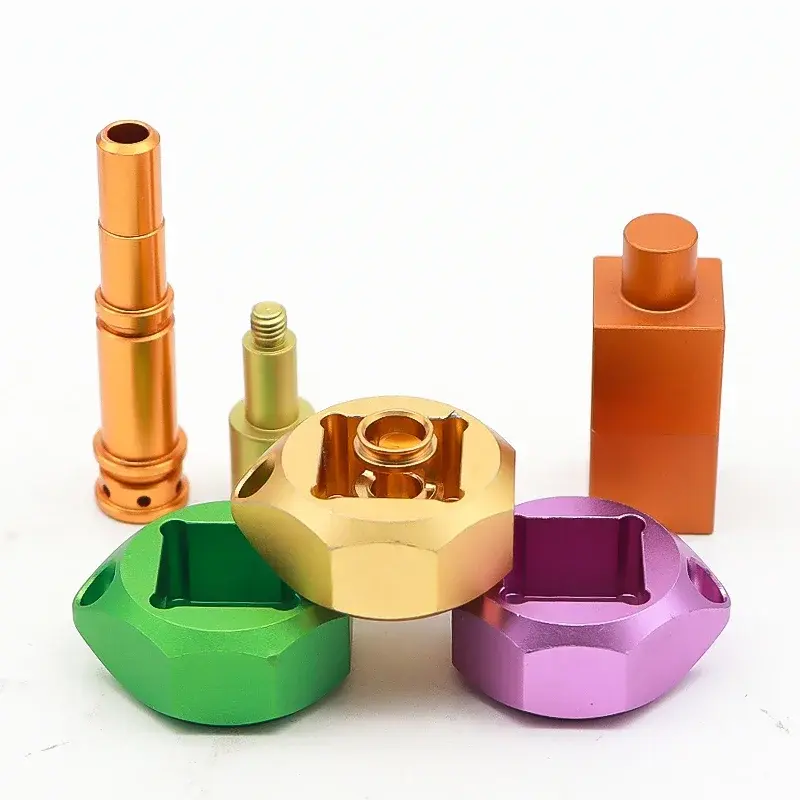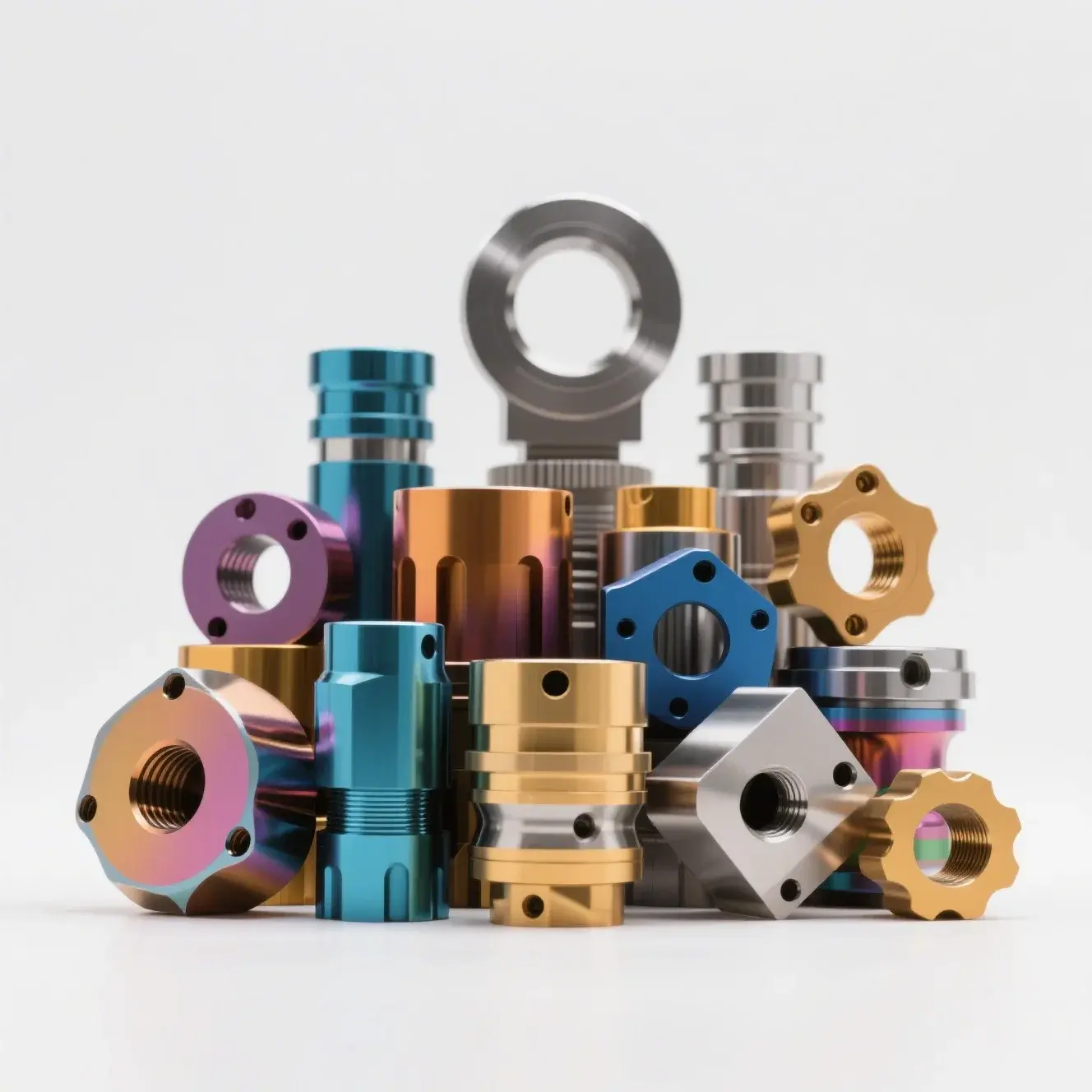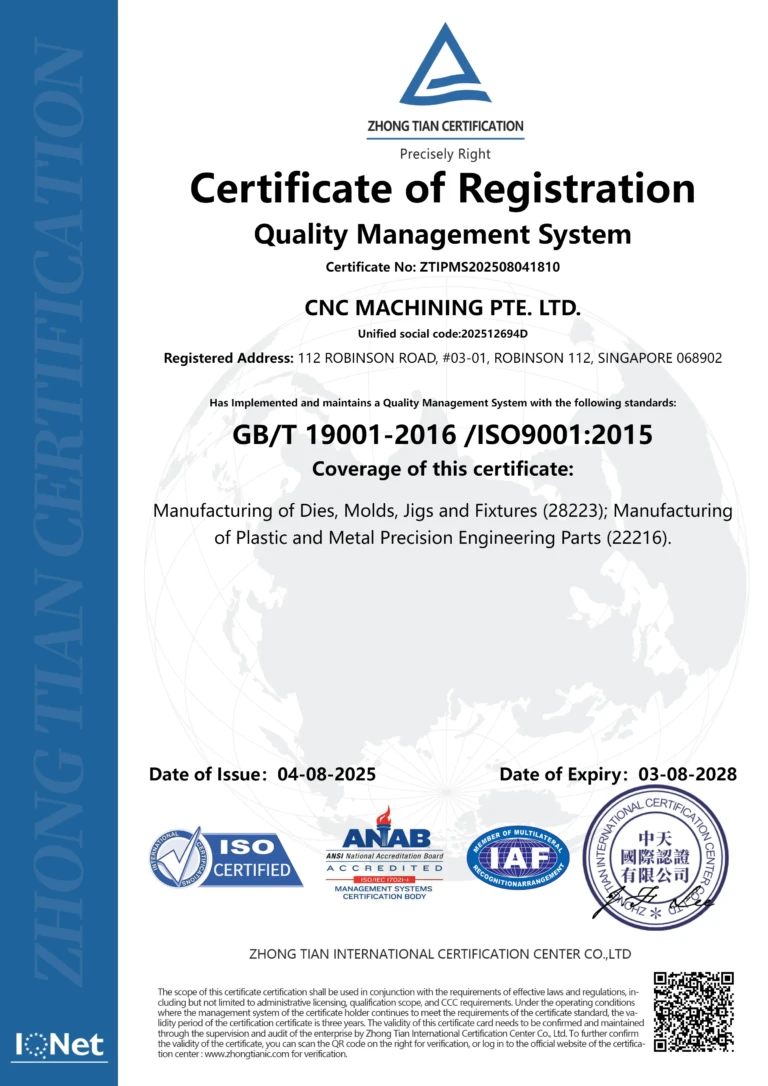Did you know that scientists can assess how cancer patients respond to medications before taking them? One of the techniques used for this purpose is functional drug testing (FDT). The method involves placing a patient’s tumor cells in a microfluidic device to see how they respond to different combinations of drugs. These microfluidic devices simulate the flow of fluids in the body. The Indian Institute of Technology Hyderabad (IITH) recently developed a 3D printed microfluidic device specifically to test oral cancer treatments. The goal is to create a platform for researchers to understand how drugs interact with cancer cells.
IITH developed this 3D printed microfluidic device using Formlabs transparent resin, which was selected as the best material for cell culture. The study was conducted with the participation of three patients whose biopsy samples made it possible to isolate oral tumor stem cells. The cells were then cultured in the device to form spheroids, spherical structures of self-aggregating cancer cells. Spheroids are valuable in research because they mimic different tumor populations and conditions in the human body. The result? Spheres on a chip.
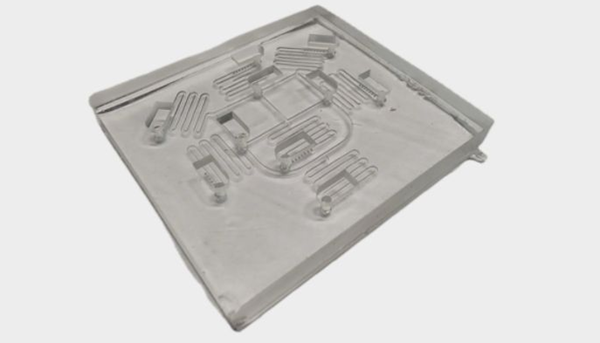
3D printed microfluidic device created by IITH. (Photo credit: Mehta, V., Vilikkathala Sudhakaran, S., et al., Journal of Nanobiotechnology, 2024)
The chip features an array of two-layer serpentine rings for mixing drug combinations, as well as cylindrical microwells for growing spheroids. This setup made it possible to test seven combinations of three drugs commonly used to treat oral cancer: paclitaxel,5-fluorouracil and cisplatin. Because tumors can become resistant to treatment, a combination of multiple drugs is often the most effective strategy.
In this study, patientsSpheroids from 1 showed high resistance to all drug combinations tested, while spheroids from other patients responded positively to some combinations or monotherapies. This allows researchers to determine which drug combinations may be most effective for each patient. Furthermore, the report highlights that these findings “are also consistent with the clinical diagnosis of patients based on histopathological reports,” thus reinforcing the validity of the findings.
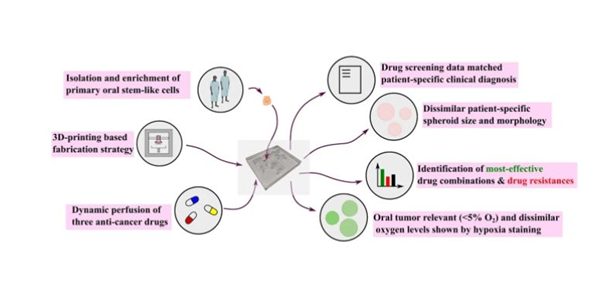
Graphical representation of research carried out by IITH. (Photo credit: Journal of Nanobiotechnology)
The study did not consider other cell types that may influence drug response, nor did it analyze drug uptake by the spheroids during exposure. The researchers plan to fill these gaps by continuing their work and developing more sophisticated models. relatedFor more details on the study conducted by IITH, you can view the original report here.
Daguang focuses on providing solutions such as precision CNC machining services (3-axis, 4-axis, 5-axis machining), CNC milling, 3D printing and rapid prototyping services.
